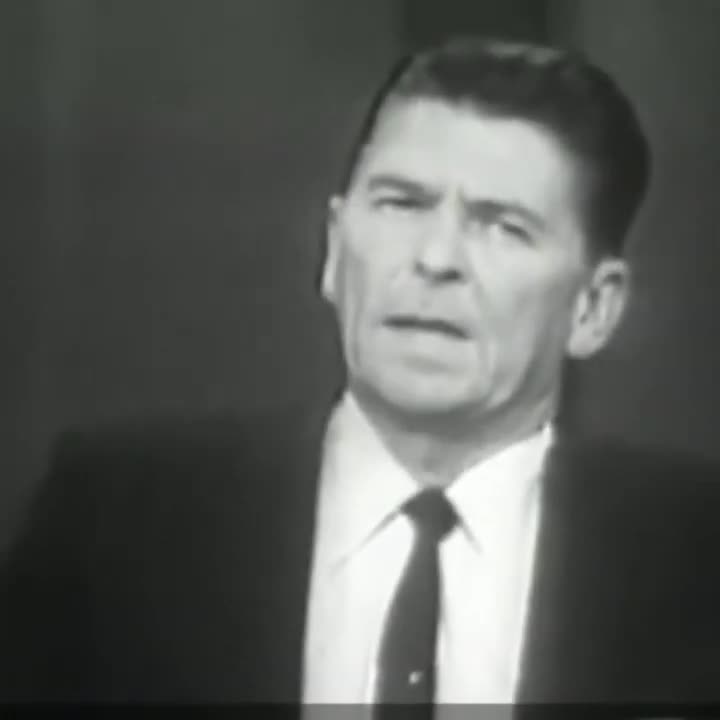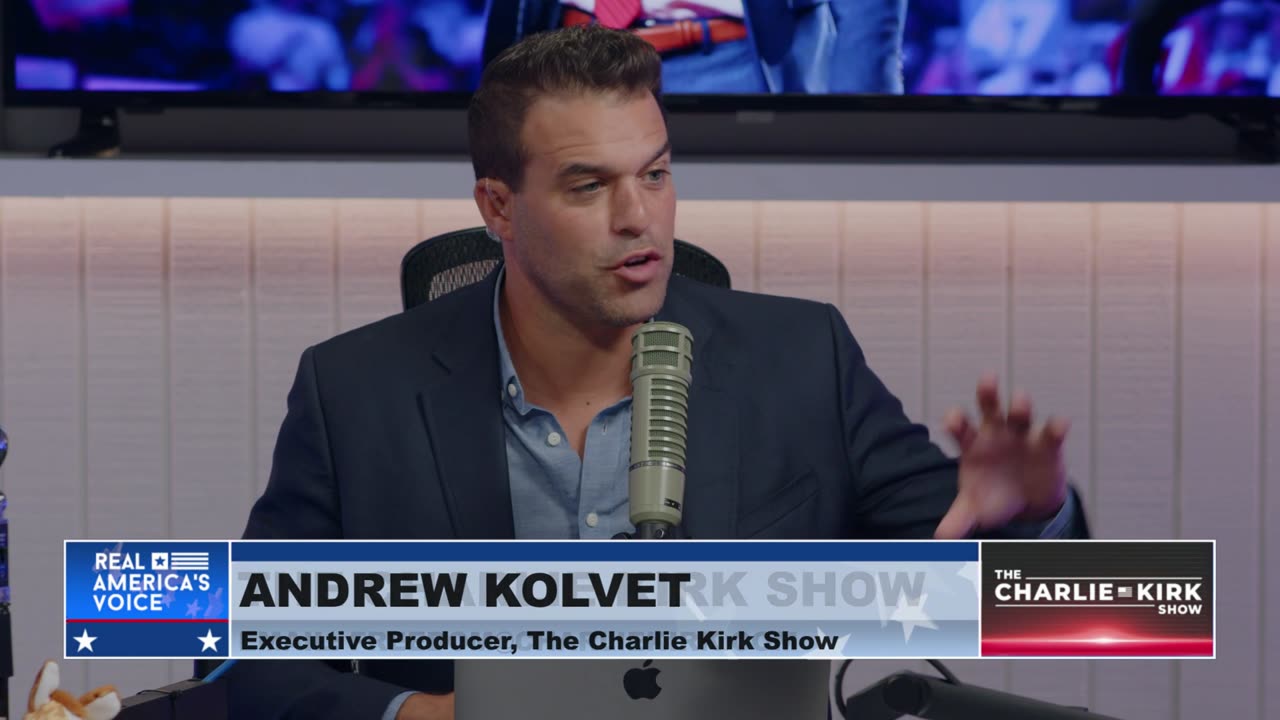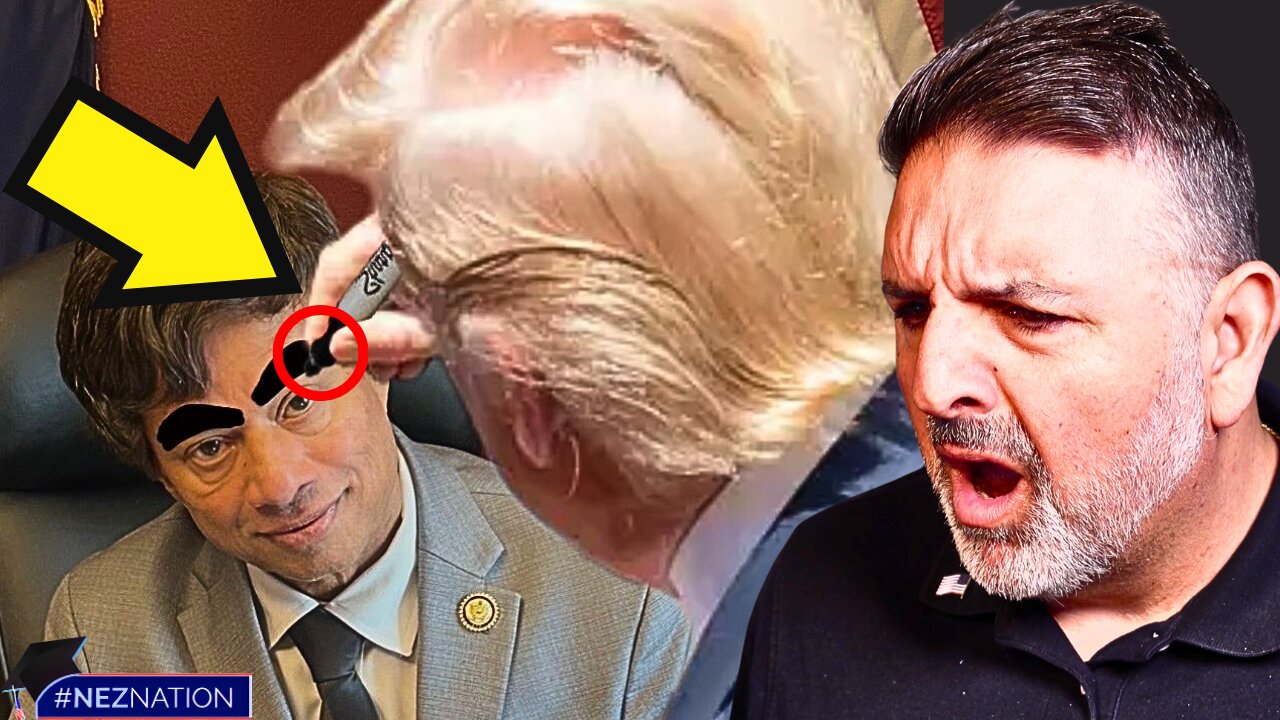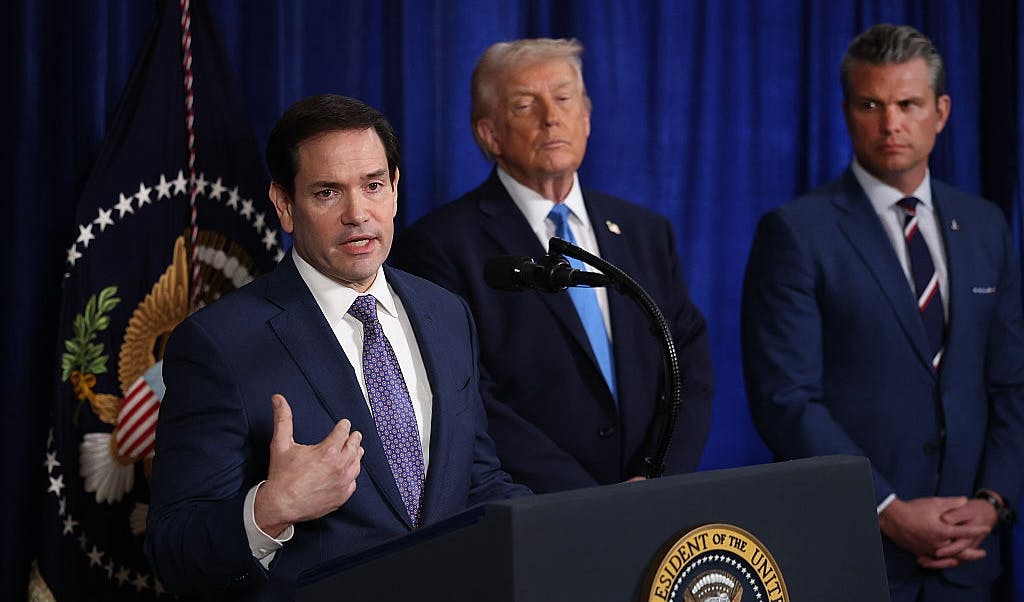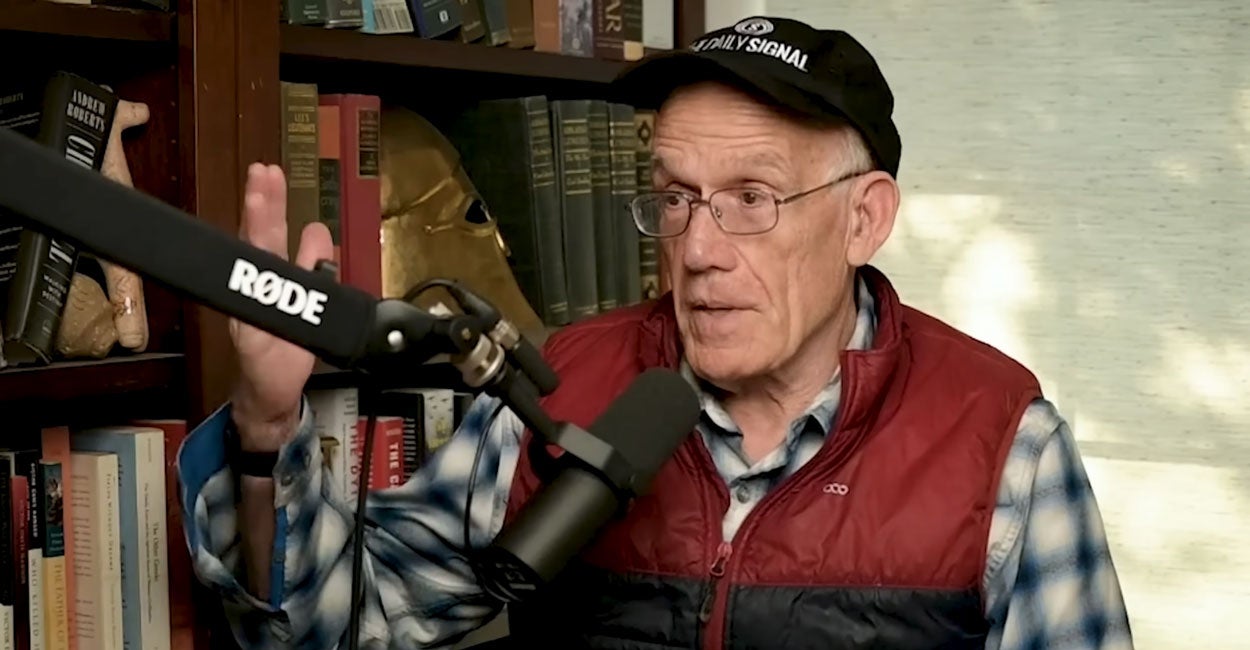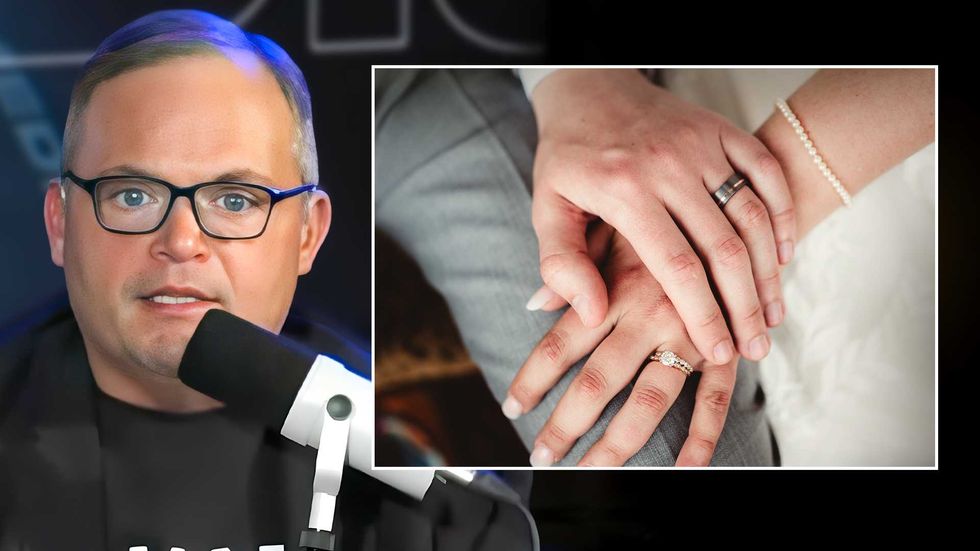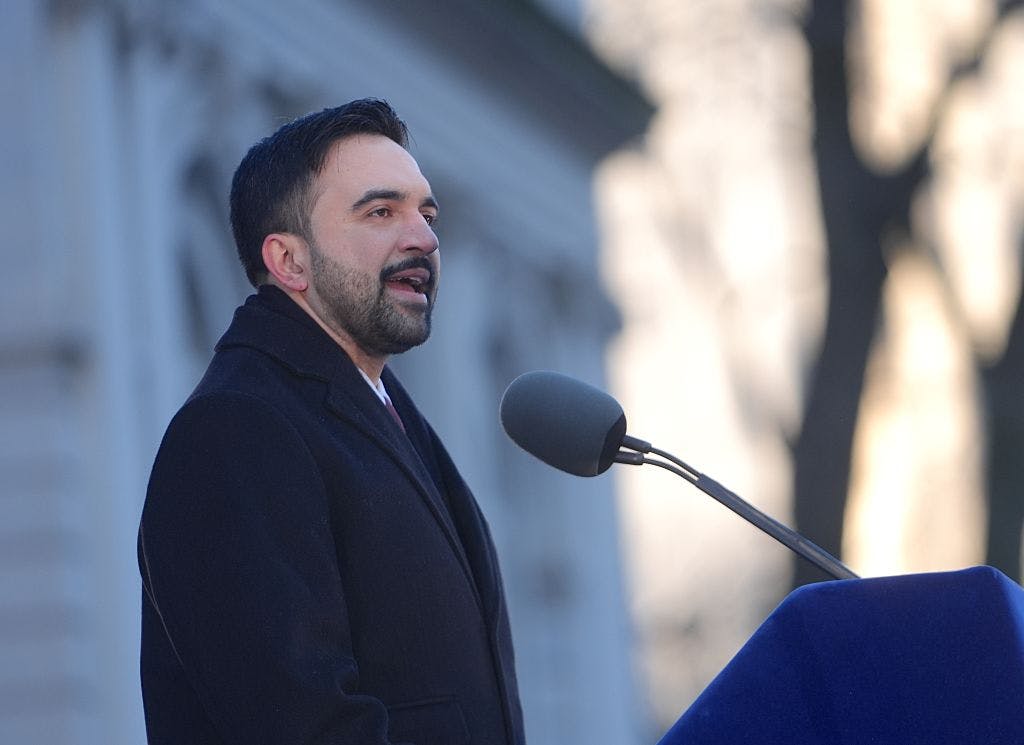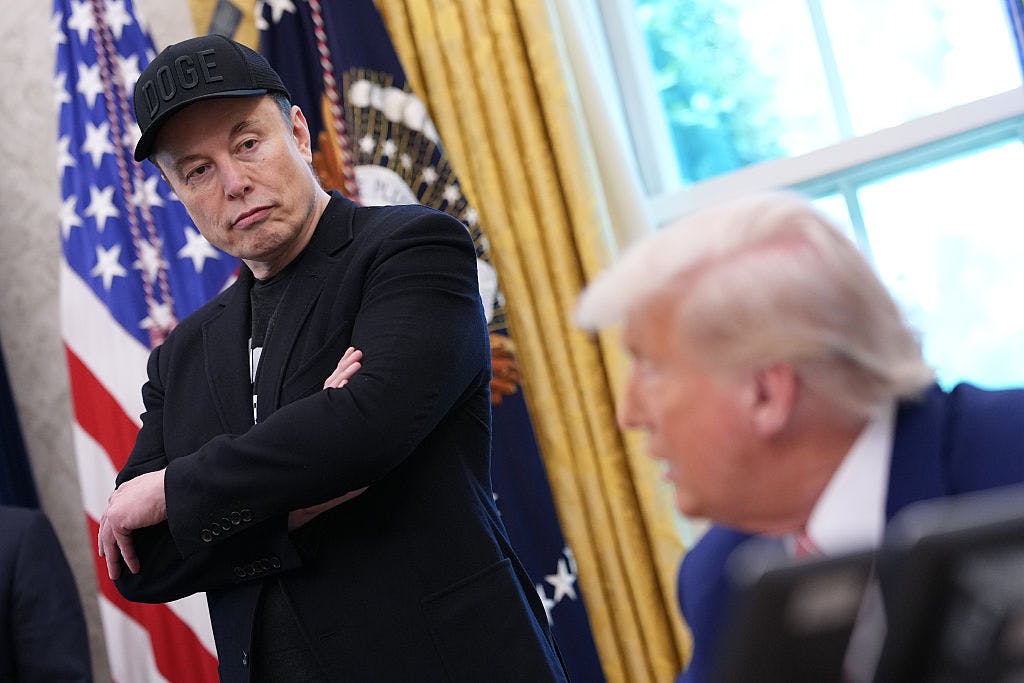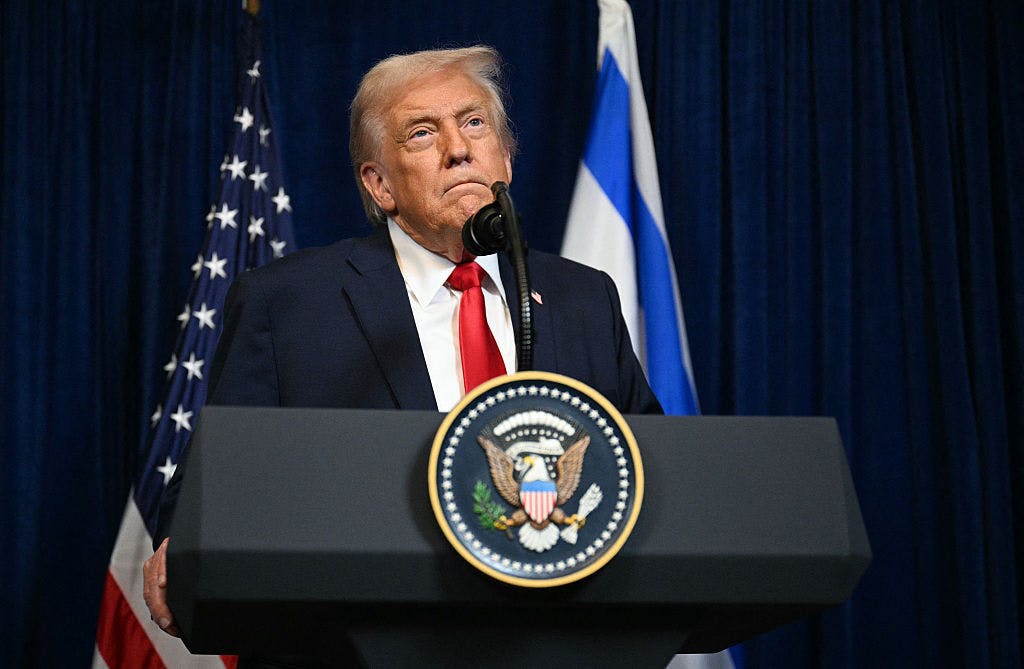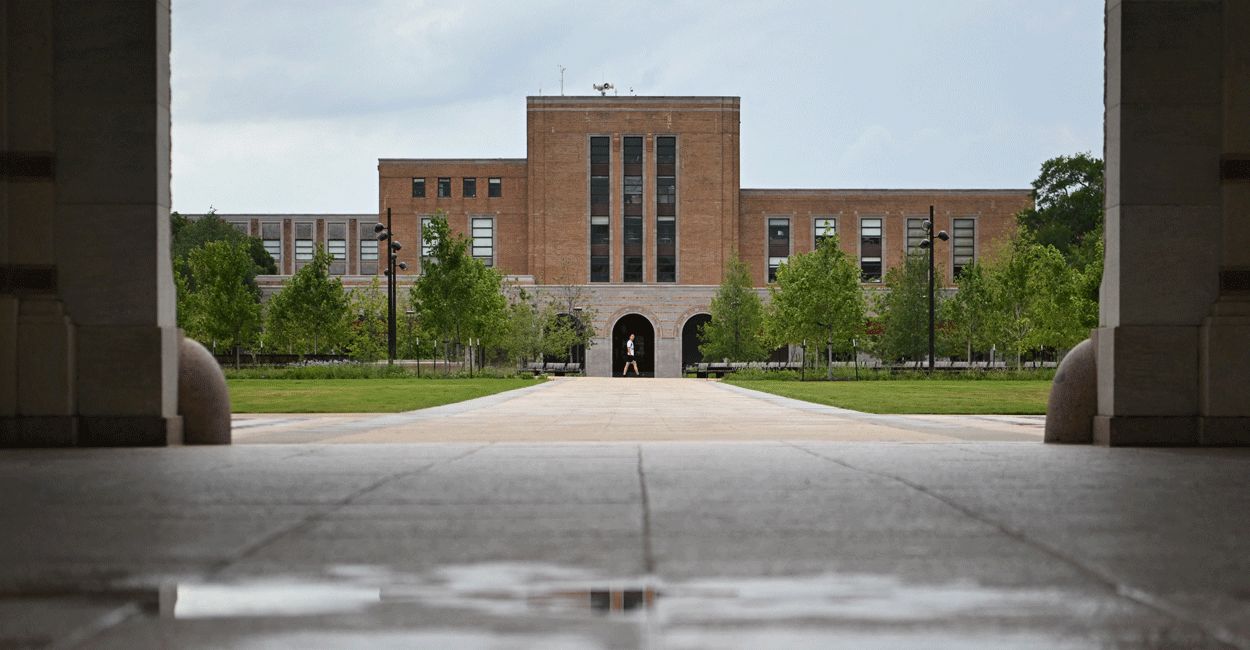Why US Taxpayers Sent $13 Million to a Chinese University to Research Retirement

For more than a decade, the United States has paid China for research into retirement.
Live Your Best Retirement
Fun • Funds • Fitness • Freedom
That ended this year, when, through the urging of the Department of Government Efficiency, the National Institutes of Health canceled a grant for $1.7 million to the China Health and Retirement Longitudinal study at Peking University.
The stated intent of the grant was to collect information on population aging. A longitudinal study looks at repeated observations of the same variables as they occur over time, often years.
“I’m sure some information has come from this study,” Rep. Pete Sessions, R-Texas, told The Daily Signal. “But the bottom line is, our relationship with China has changed since this funding started.”
Sessions is the chairman of the House Oversight Subcommittee on Government Operations and is also co-chairman of the House DOGE Caucus.
“Support for this type of funding is the kind of thing that DOGE has been good at looking at,” Sessions said.
U.S. tax dollars going to China is a larger concern in the framework of government waste, said Rep. Andy Barr, R-Ky., a member of the House Select Committee on the Chinese Communist Party.
“President [Donald] Trump promised to root out waste, fraud, and abuse in our government, and DOGE is delivering. From funding sex-change operations overseas, to bankrolling ‘gain-of-function’ research that created the China virus, and even studies on retirement in China, taxpayer money is being squandered while our national debt barrels toward $40 trillion,” Barr told The Daily Signal in a statement.
“DOGE is exposing these scams one by one and sending Congress legislative packages to cut wasteful spending. I’m ready to vote for every single one,” Barr said.
“The China Health and Retirement Longitudinal Study (CHARLS) aims to collect a high-quality nationally representative sample of Chinese residents ages 45 and older to serve the needs of scientific research on the elderly,” the NIH website says of the study the grant was funding.
“The baseline national wave of CHARLS is being fielded in 2011 and includes about 10,000 households and 17,500 individuals in 150 counties/districts and 450 villages/resident committees,” the grant description continued. “The individuals will be followed up every two years. All data will be made public one year after the end of data collection.”
The NIH grant began during the Obama administration in 2010 and ran through the first Trump administration and then the Biden administration. The total amount spent reached $13.3 million.
In the first grant year in 2011, the NIH awarded $1.2 million. The amount has varied each year and was as low as $420,000 in 2018 and as high as $2 million in 2015.
The Daily Signal reached out by email to Peking University’s media contact as well as the school’s Office of Global Communications. The Daily Signal also emailed the Peking University Education Foundation USA. In each case, the automated email response was, “Your message wasn’t delivered because the recipient’s email provider rejected it.”
The Daily Signal called several phone numbers listed online as being affiliated with the university, including communications, global communications, a media contact, and a main number. In each case, the call could not be completed as dialed, or the call could not go through at this time. One number had a response in Chinese and English.
(This story is part of continuing coverage of government waste that includes findings by the White House’s Department of Government Efficiency.)
The post Why US Taxpayers Sent $13 Million to a Chinese University to Research Retirement appeared first on The Daily Signal.
Originally Published at Daily Wire, Daily Signal, or The Blaze
What's Your Reaction?
 Like
0
Like
0
 Dislike
0
Dislike
0
 Love
0
Love
0
 Funny
0
Funny
0
 Angry
0
Angry
0
 Sad
0
Sad
0
 Wow
0
Wow
0




















